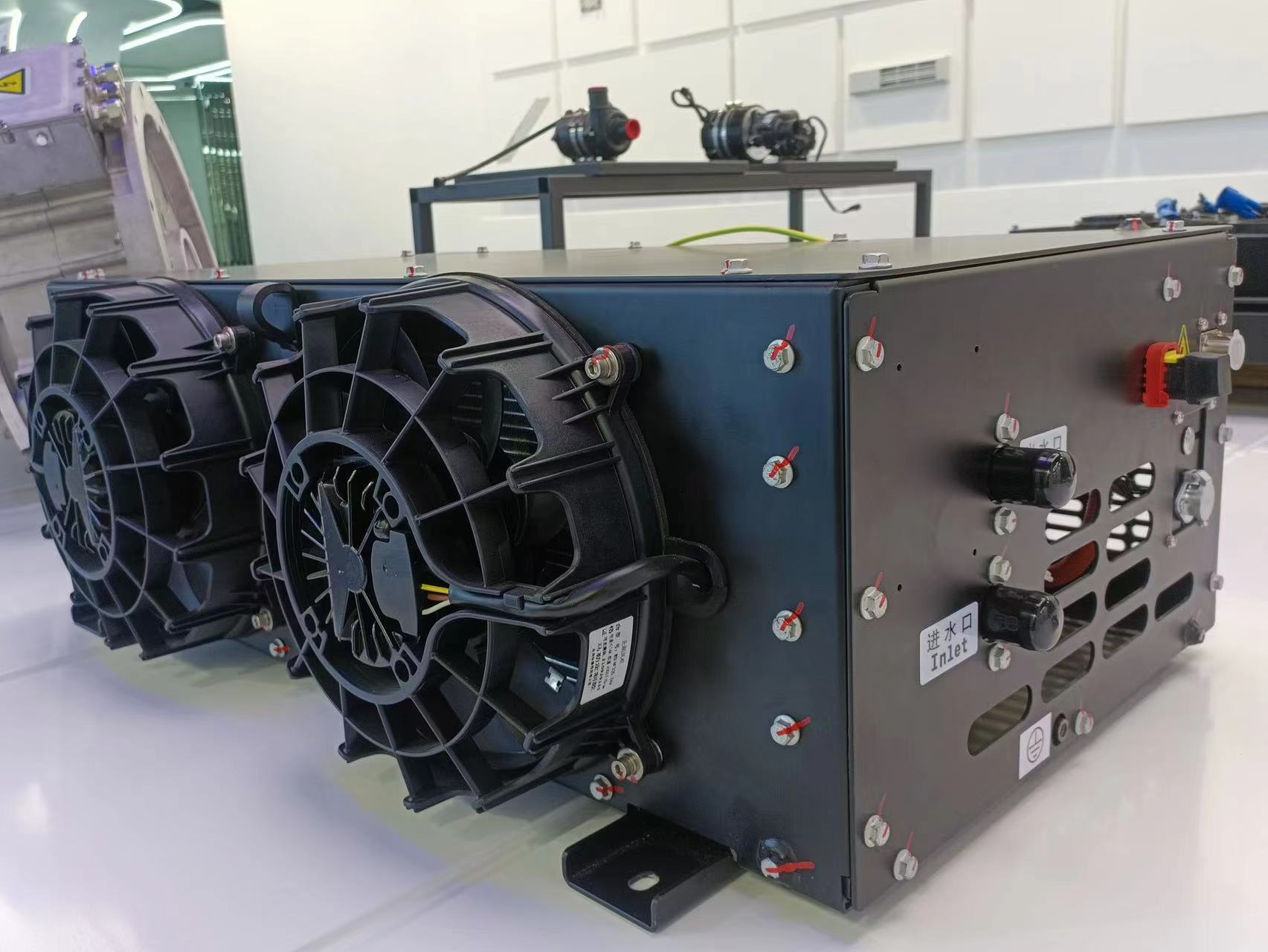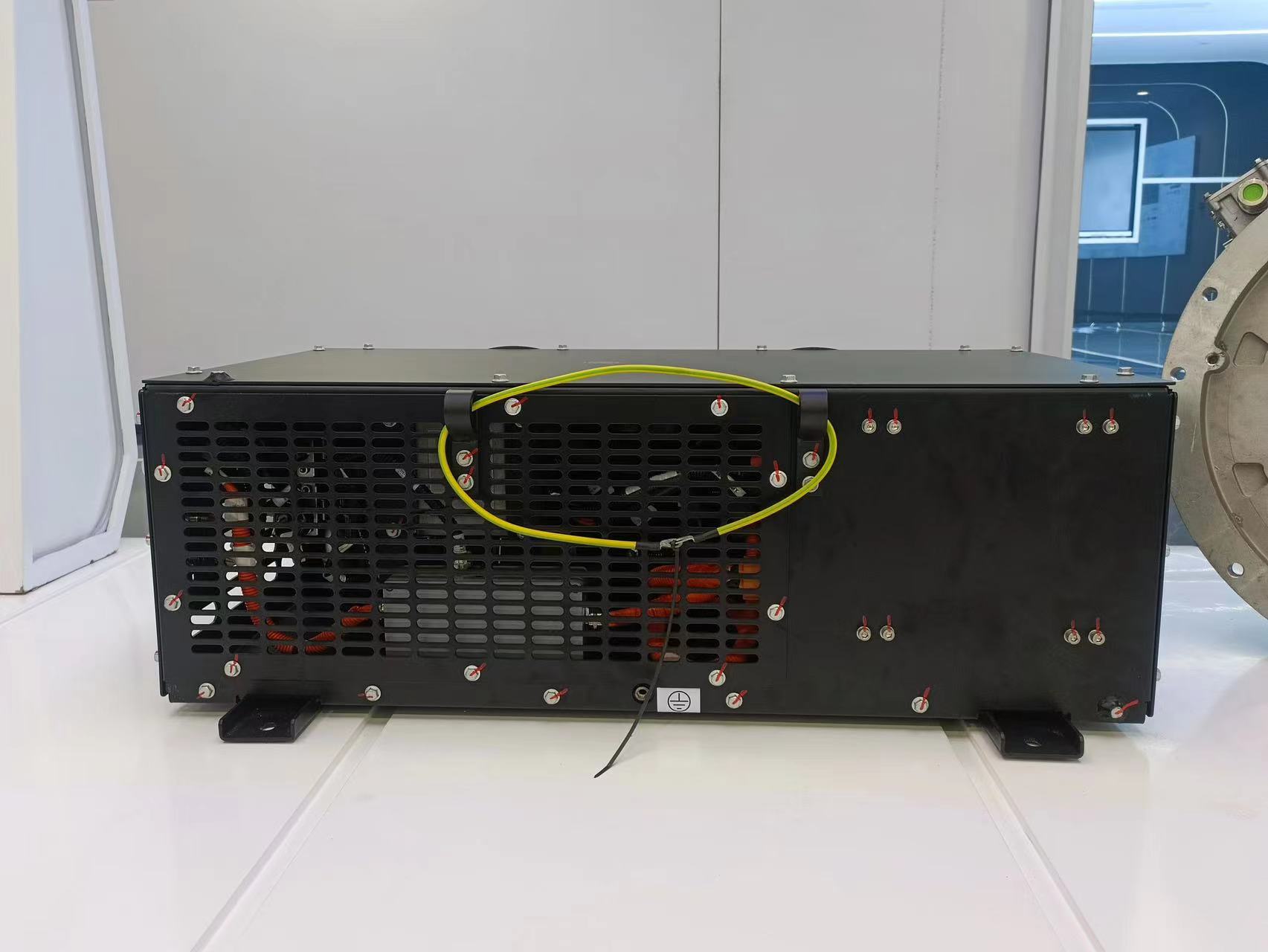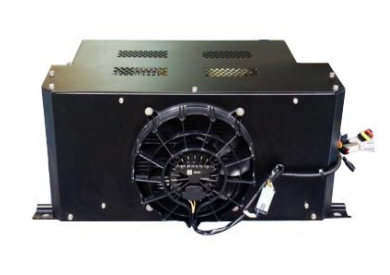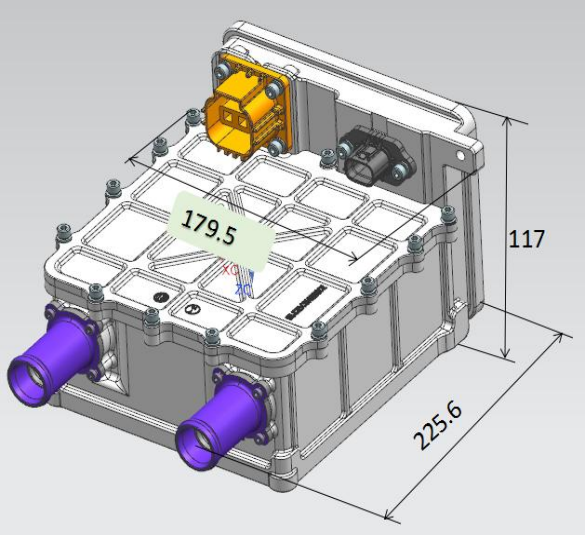As the main power source of new energy vehicles, power batteries are of great importance to new energy vehicles. During the actual use of the vehicle, the battery will face complex and changeable working conditions. In order to improve the cruising range, the vehicle needs to arrange as many batteries as possible in a certain space, so the space for the battery pack on the vehicle is very limited. The battery generates a lot of heat during the operation of the vehicle and accumulates in a relatively small space over time. Due to the dense stacking of cells in the battery pack, it is also relatively more difficult to dissipate heat in the middle area to a certain extent, exacerbating the temperature inconsistency between the cells, which will reduce the charging and discharging efficiency of the battery and affect the power of the battery; It will cause thermal runaway and affect the safety and life of the system.
The temperature of the power battery has a great influence on its performance, life and safety. At low temperature, the internal resistance of lithium-ion batteries will increase and the capacity will decrease. In extreme cases, the electrolyte will freeze and the battery cannot be discharged. The low-temperature performance of the battery system will be greatly affected, resulting in the power output performance of electric vehicles. Fade and range reduction. When charging new energy vehicles under low temperature conditions, the general BMS first heats the battery to a suitable temperature before charging. If it is not handled properly, it will lead to instantaneous voltage overcharge, resulting in internal short circuit, and further smoke, fire or even explosion may occur. The low-temperature charging safety problem of electric vehicle battery system restricts the promotion of electric vehicles in cold regions to a large extent.
Battery thermal management is one of the important functions in BMS, mainly to keep the battery pack working in an appropriate temperature range at all times, so as to maintain the best working condition of the battery pack. The thermal management of the battery mainly includes the functions of cooling, heating and temperature equalization. The cooling and heating functions are mainly adjusted for the possible impact of the external ambient temperature on the battery. Temperature equalization is used to reduce the temperature difference inside the battery pack and prevent rapid decay caused by overheating of a certain part of the battery.




Post time: Jun-15-2023




